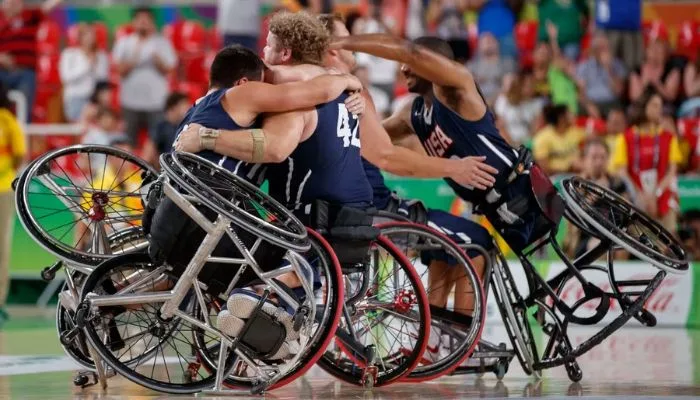Sport should be inclusive, a space where everyone can compete regardless of their physical or cognitive abilities. The Paralympic Games stand as a powerful symbol of this inclusivity, where athletes with disabilities show the world that limits can be overcome. But for many of these athletes, the right technological support is key, and one of the most exciting advancements in recent years has been the increasing use of 3D printing.
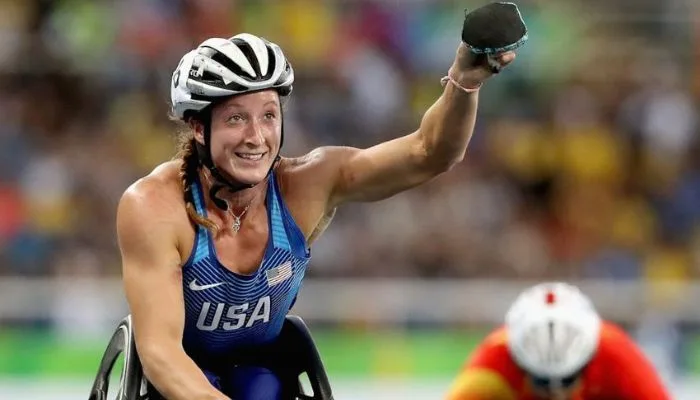
The History of Paralympic Games and Technological Evolution
The roots of the Paralympic Games stretch back over 100 years, but it wasn’t until the work of Dr. Ludwig Guttmann in the 1940s that we began to see the modern form of the Paralympics take shape. Guttmann, who worked with soldiers with spinal injuries, used sports as a rehabilitation tool. His efforts laid the foundation for what became the Stoke Mandeville Games, and later, the Paralympic Games, which were officially recognized by the International Olympic Committee (IOC) in 1984.
As the Paralympics have evolved, so too has the technology that supports athletes. Today, 3D printing stands at the forefront of these advancements, offering a way to create customized, efficient, and highly functional equipment that helps athletes excel.
Classification and Fair Play in Paralympic Sports
Fair competition is essential in all sports, and in the Paralympics, classification is key. Athletes are categorized based on the type and degree of their impairment, ensuring that competitions are as balanced as possible. With the help of technology, particularly 3D printing, athletes across these classifications are better equipped to push their limits, whether through prosthetics, orthotics, or adaptive sports gear.
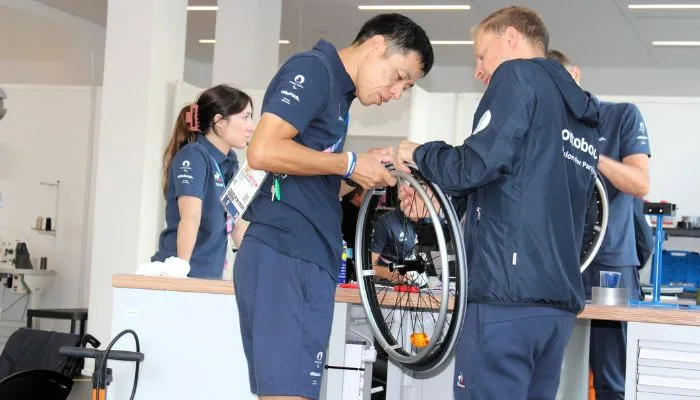
Paris 2024 Paralympic Games: A New Era of Technological Innovation
The Paris 2024 Paralympic Games are set to be the largest yet, with over 4,400 athletes competing in 22 disciplines. The use of 3D printing at this event is more prominent than ever, as athletes and engineers find new ways to push the boundaries of what’s possible. Prosthetics, wheelchairs, and other adaptive sports equipment are being customized like never before, enhancing performance and comfort for competitors.
How 3D Printing is Revolutionizing Parasports
3D printing has emerged as a true game changer in parasports. Whether it’s creating lightweight prosthetics, fine-tuning racing wheelchairs, or crafting custom grips for athletes in cycling and wheelchair sports, this technology is offering new possibilities. Paralympian Heinrich Popow, a multiple medal winner in track and field, has emphasized the importance of technological aids in parasports, stating that using these devices is a sport in its own right.
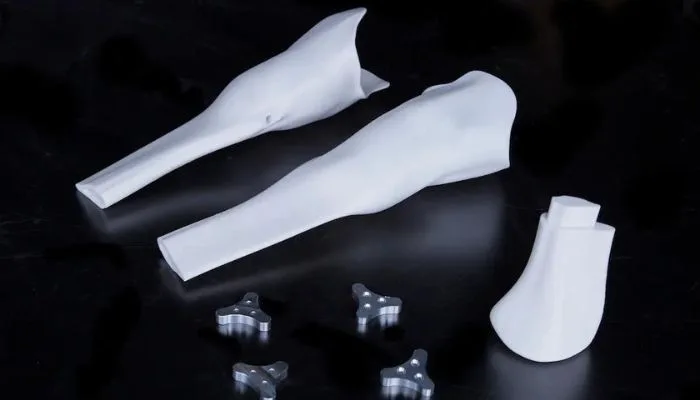
The Power of Combining 3D Printing with Other Technologies
What makes 3D printing particularly powerful is its ability to work in harmony with other technologies like 3D scanning and design optimization. These combinations allow for greater precision, comfort, and mobility, helping athletes perform at their best. In recent years, this synergy has led to the development of tools and prosthetics that perfectly align with an athlete’s specific needs.
Examples of 3D Printed Aids at the Paralympics
We’ve seen a range of innovations from 3D-printed prosthetics to custom grips and gloves used in competitions. For example, 3D-printed shoes have become increasingly popular in cycling events. Flurina Rigling, a Swiss athlete, recently highlighted how her 3D-printed cycling shoes helped her perform better, being lighter and quicker to produce than traditional leather shoes.
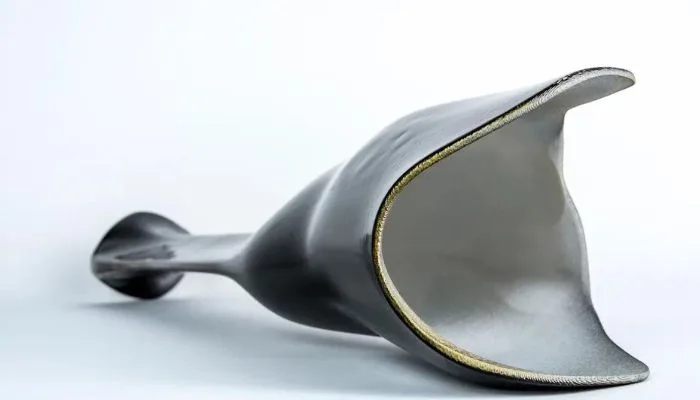
Materials and Processes Behind 3D Printing in Paralympics
The flexibility of 3D printing comes in part from the wide range of materials available, from nylon and ABS to carbon fiber composites and titanium. Each material serves a specific purpose, whether it’s making a prosthetic limb more lightweight or adding strength to a high-performance part. Methods like Fused Deposition Modeling (FDM), Selective Laser Sintering (SLS), and Multi Jet Fusion (MJF) are commonly used to create these custom parts.
Prosthetics in Action: Anna Grimaldi’s Titanium Advantage
New Zealand Paralympian Anna Grimaldi uses a titanium prosthesis that’s 3D-printed to fit her perfectly, allowing her to lift 50 kilograms with ease. Her experience is just one example of how personalized 3D-printed parts can significantly enhance an athlete’s performance.
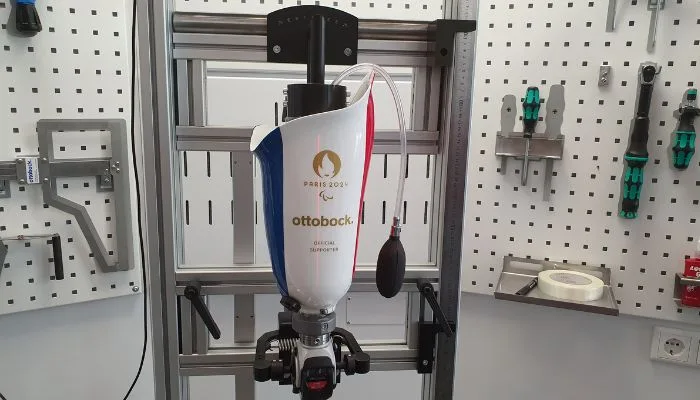
On-Site Repairs with 3D Printing
Wear and tear is inevitable during competition, but thanks to on-site 3D printing, athletes can get their equipment repaired quickly. Ottobock, a longstanding partner of the International Paralympic Committee (IPC), runs a Repair Service Center at the Games, equipped with state-of-the-art 3D printers that allow for fast fixes when an athlete’s gear breaks down.
Ottobock: Supporting Athletes with Advanced Technology
Since the Seoul 1988 Paralympics, Ottobock has been providing technical support to athletes, offering everything from wheelchair repairs to 3D-printed prosthetic parts. At the Paris 2024 Games, the company has expanded its use of 3D printers, bringing even more precision and speed to its repair services.
3D Printing for Parasport Equipment
Beyond prosthetics, 3D printing has been used to create a range of adaptive sports equipment. German biathlete Martin Fleig used a 3D-printed sit-ski sled at the 2014 Winter Games, while British snowboarder Darren Swift turned to 3D printing for custom snowboard bindings.
3D Printed Gloves for Wheelchair Racing
Custom 3D-printed gloves have also become a popular choice for wheelchair racers. Joe Townsend and Tatyana McFadden have both used these gloves to optimize their grip and improve performance.
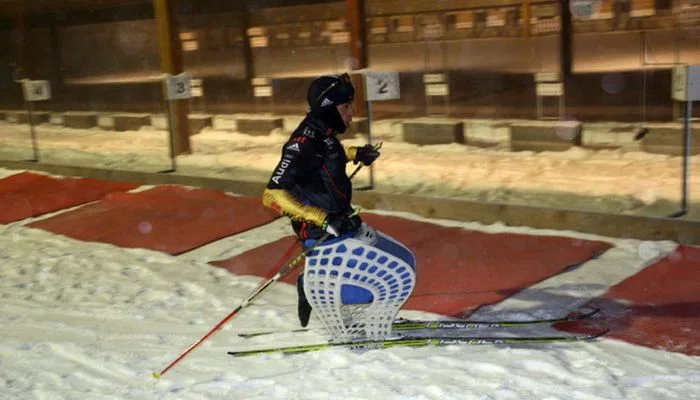
The Future of 3D Printing in Parasports
The use of 3D printing in parasports is only growing. As materials improve and processes become faster, we can expect to see even more groundbreaking applications in future Paralympic Games. This technology not only empowers athletes but also opens the door to new possibilities in sports innovation.
FAQs
How is 3D printing used in parasports? 3D printing is used to create customized prosthetics, sports equipment, and tools that improve athletes’ comfort, mobility, and performance.
What are the advantages of 3D printing for Paralympians? 3D printing offers high customization, faster production times, and the ability to create lightweight yet strong components tailored to individual athletes.
Can 3D printing make a difference in training as well as competition? Yes, athletes can use 3D-printed prototypes in training to test equipment and adjust their gear for optimal performance in competitions.
How does Ottobock contribute to the Paralympic Games? Ottobock provides technical repair services, including 3D-printed parts, to help athletes quickly fix their equipment during the Games.
What materials are used in 3D printing for parasports? Materials like nylon, ABS, carbon fiber composites, and titanium are commonly used to create durable and lightweight parts for athletes’ gear.



